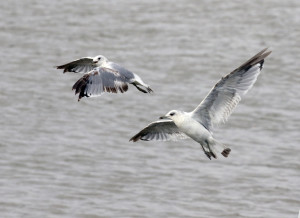
The mid summer doldrums do not offer many interesting birding options when you don’t live close to coastal sites but when the weather is bad and you have burned up the morning watching the Olympics on television it is useful to have only a short drive to a spot on the River Thames where a wide variety of species of gulls often congregate. For those that enjoy the esoteric discipline of gull-watching this time of the year is when many species start to disperse after breeding and parts of the River Thames seem to be a favourite location for a couple of the UK’s scarcer species to relocate to at this time of the year: Yellow-legged Gull and Caspian Gull.
Erith pier is definitely in definitely one of the also-rans in terms of the most memorable piers of Britian, nothing more than a few hundred metres of platform dog-legging into the Thames at the back of a supermarket car park, but it is situated directly south of the large landfill at Rainham on the northern bank of the river; a location that draws in very large numbers of gulls. The numbers and proximity of gulls here make it an interesting spot for a quick visit to check for rarer species and to take some interesting photos of gull behaviour, particularly their frequent squabbles. Although I had to retreat to the car a couple of times when heavy showers passed through I was treated to a good variety of species in different plumages including a few Yellow-legged Gulls.
The most ubiquitous species of gull along the River Thames? Black-headed Gulls occupy this spot for sure, being present in large numbers throughout the year with several breeding colonies nearby in Kent and Essex. No surprise then that I was greeted by a sizeable flock of them hanging around the pier waiting for scraps of food discarded by humans.
Non-breeding birds can be found all year round in locations like this but as there is dispersal after nesting adults start moulting their chocolate brown heads and recently-fledged juveniles are quite photogenic in their smart plumage.
On a rising tide lots of gulls take advantage of man-made structures to roost on after feeding on exposed mud and this can give a nice opportunity to see different species resting side-by-side. I took advantage of this with this Common Gull alongside a Black-headed Gull.
Very few Common Gulls breed in Southeastern England and most of the small numbers I found at Erith this late July were birds in their second year and non-breeders, although I did spot one full adult. Gulls are boisterous creatures and frequent conflicts between individuals and species occur, particularly when there is food available.
While the smaller gulls fight over food provided by visiting people the larger species spend most of their time loafing around on nearby jetties and floating about in the middle of the river. Possibly these larger birds are able to displace the smaller species when feeding at the nearby rubbish dumps and on the mudflats. However, this time of the year is when Yellow-legged Gulls start arriving along the Thames in good numbers and I found a few birds of varying ages, although trying to identify this first summer bird got me quite confused and I have to thank those who confirmed it for me on Twitter.
The commonest large gull in most parts of the UK is Herring Gull and it is no different along the Thames at this time of the year with huge numbers of them coming from Rainham landfill to the river in a bewildering variety of plumages. The adults are easy enough to identify.
Juveniles are a bit more confusing but this one can be told apart from juvenile Yellow-legged Gull by its lack of advanced moult, looking mostly brownish-grey, and from Lesser Black-backed Gull by the browner centres to the feathers rather than the black ones that juvenile LBB Gulls have.
Britain is home to the largest gull in the world: Greater Black-backed Gull. This bulky predator is always impressive to see and the juvenile birds are attractive in their checkerboard plumage. Several of these were loafing around on a jetty some distance away but a smart adult turned up to sit on a post in the river. It’s heavy, bulky bill obvious in this photo.
The size of this bird, its bill structure and flesh-coloured legs are enough to identify this species from Lesser Black-backed Gull, but when you see them together those differences really become clear. Take a look at an adult Lesser Black-backed Gull in the following photo, sitting on a roof close to Erith pier.
At this time of the year Caspian Gulls start arriving in Britain, dispersing from their breeding grounds and this area is an excellent spot to find them but due to a heavy rain storm time to search for them was limited and this visit did not turn up any. It can be quite good to leave something for another day so subsequent visits to Erith in August can be looked forward to for this scarce species.
Order Gulls of Europe T-Shirt in your size
I designed this t-shirt containing some of Britain and Europe’s regularly seen gull species. This much-maligned group of birds do not get much attention on gifts and clothing for birders so I decided to create this t-shirt which features Little Gull, Lesser Black-backed Gull, Black-legged Kittiwake, Great Black-backed Gull, Common Gull, Mediterranean Gull, Herring Gull, Brown-headed Gull and Caspian Gull.
These species and Yellow-legged Gull also appear on a coffee mug design here – Gulls of Britain and Europe Coffee Mug.
A book for gull-lovers is – The Gull Next Door. The link takes you to my review of this nicely-written book in which the author’s passion for gulls really comes across.


 July 30th, 2021
July 30th, 2021  Nick
Nick 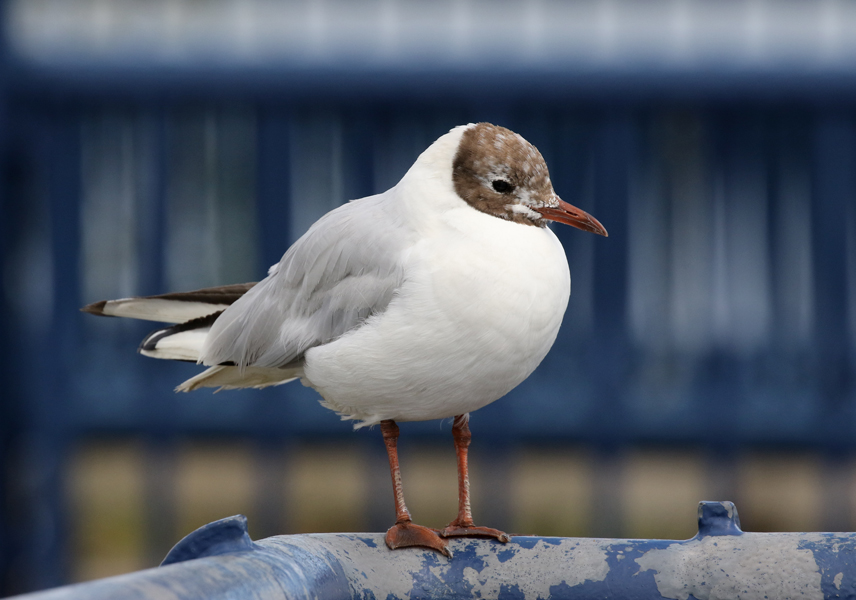
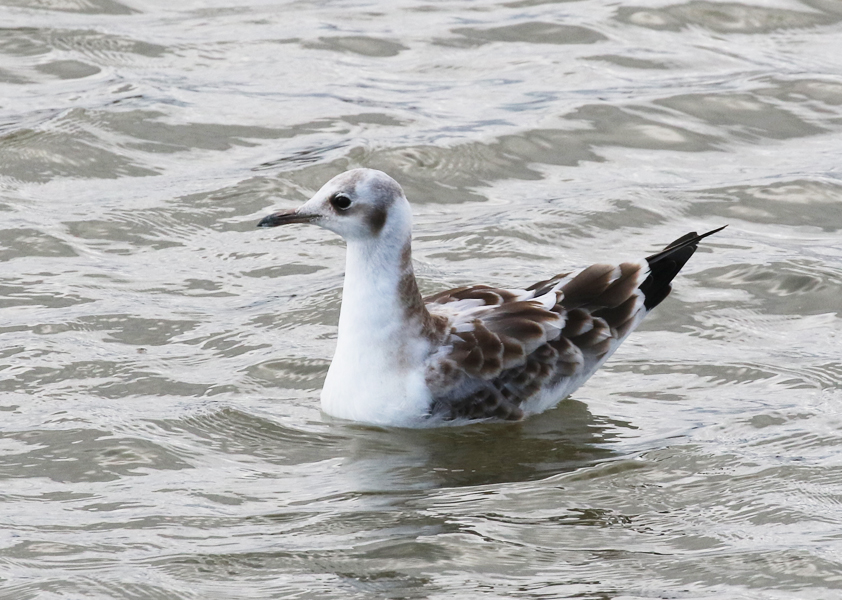
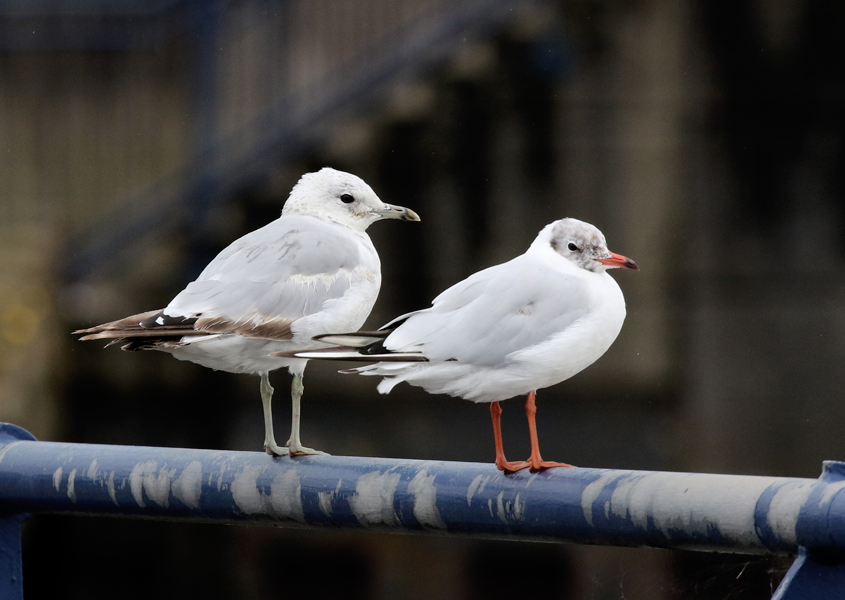
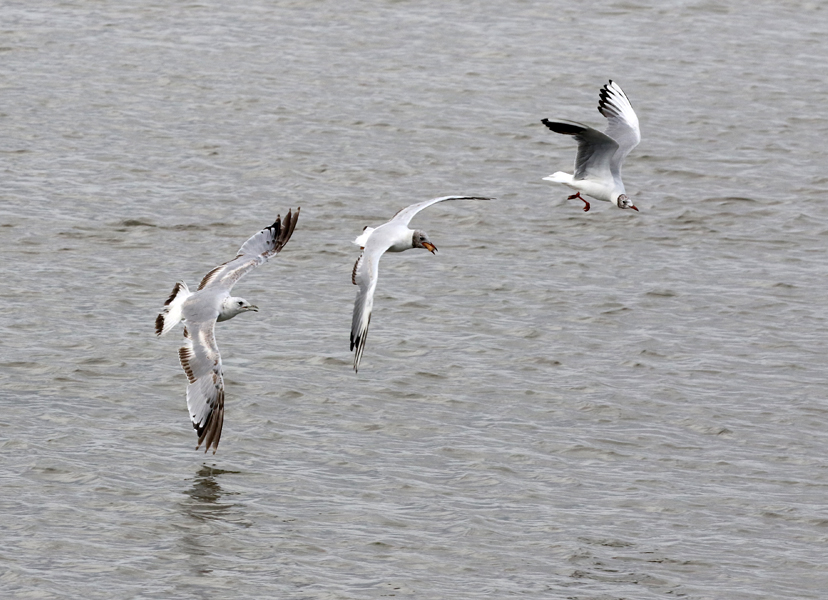
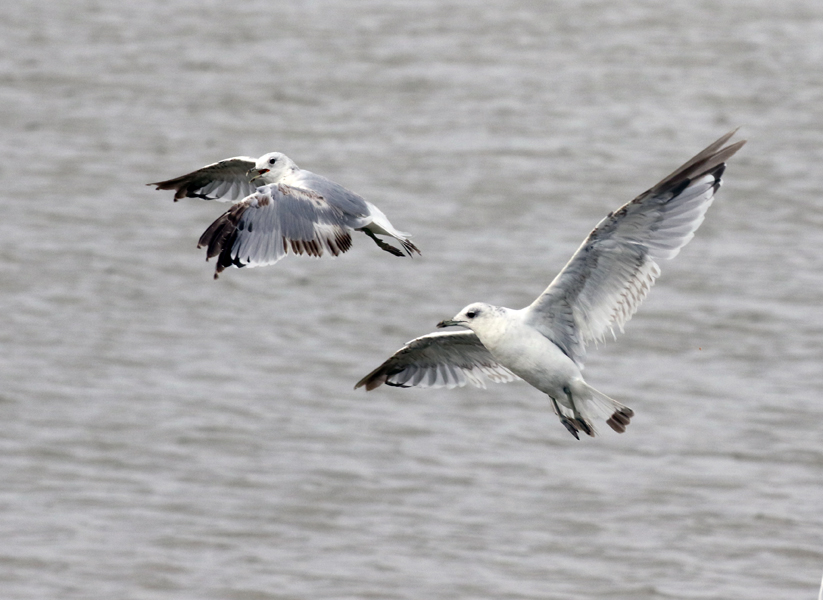
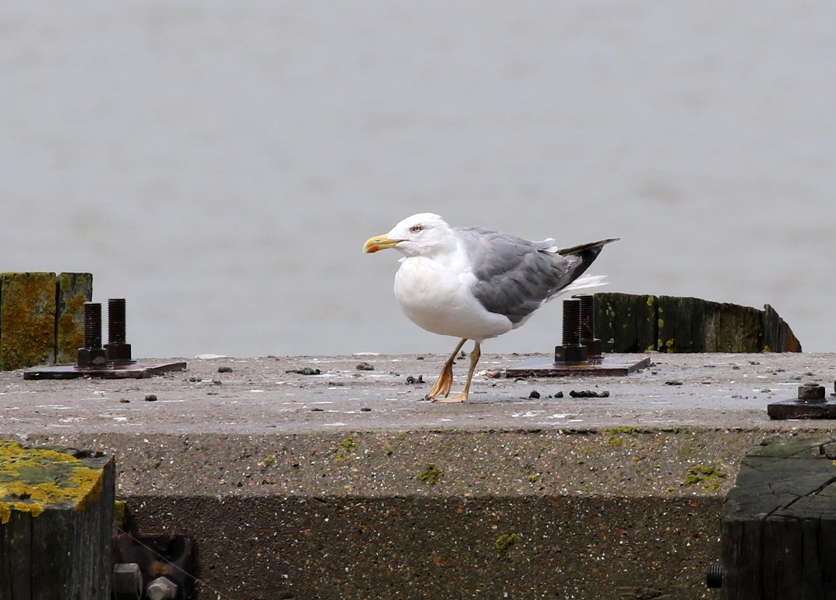

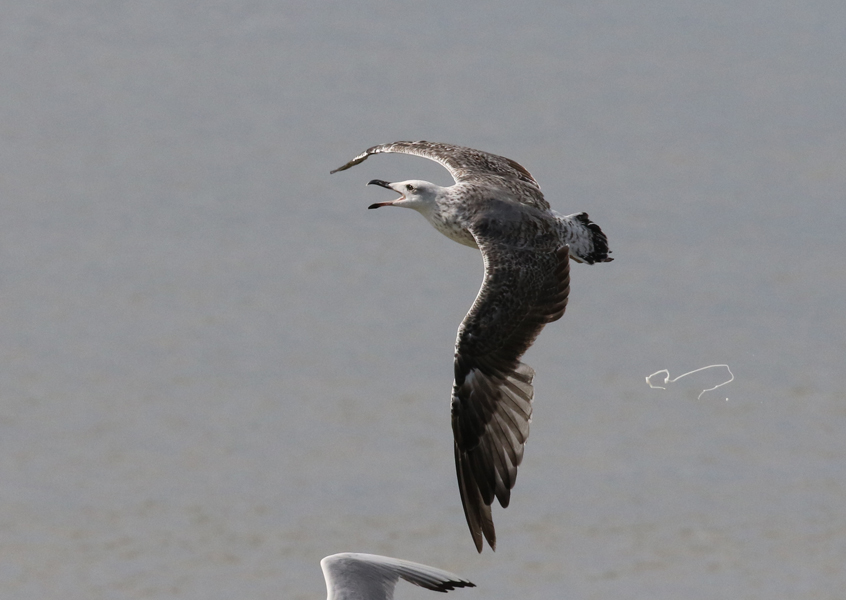
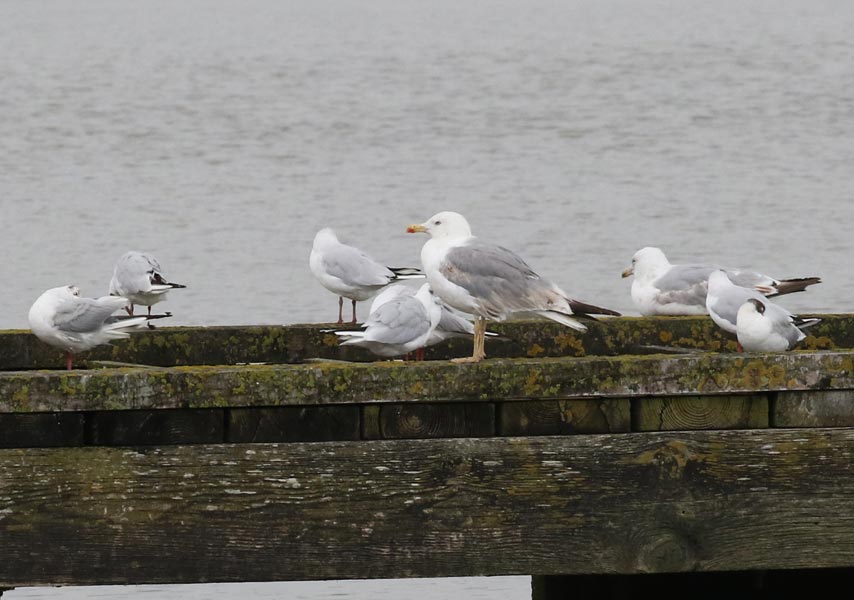
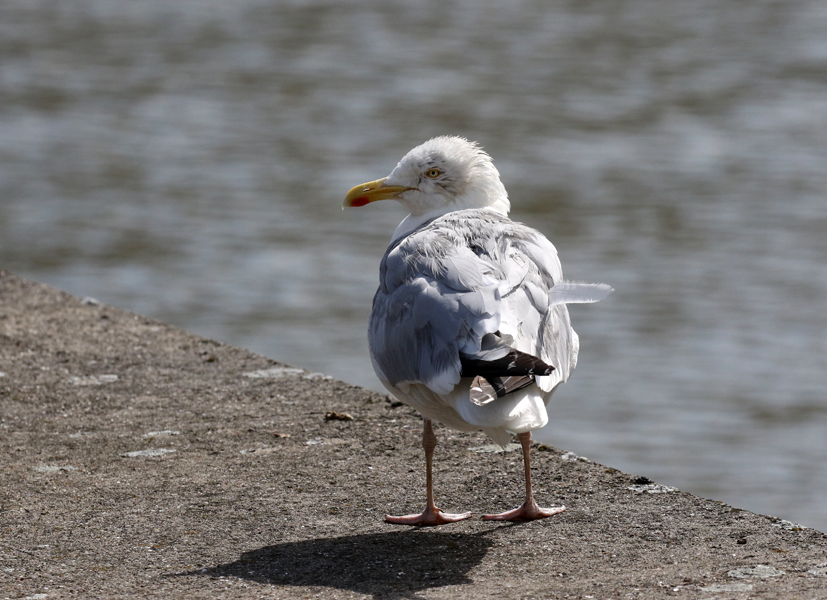
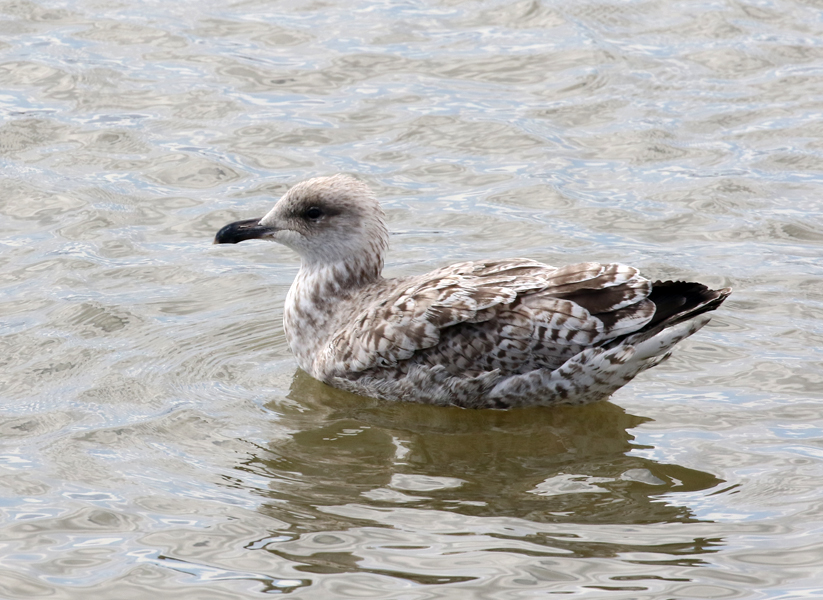
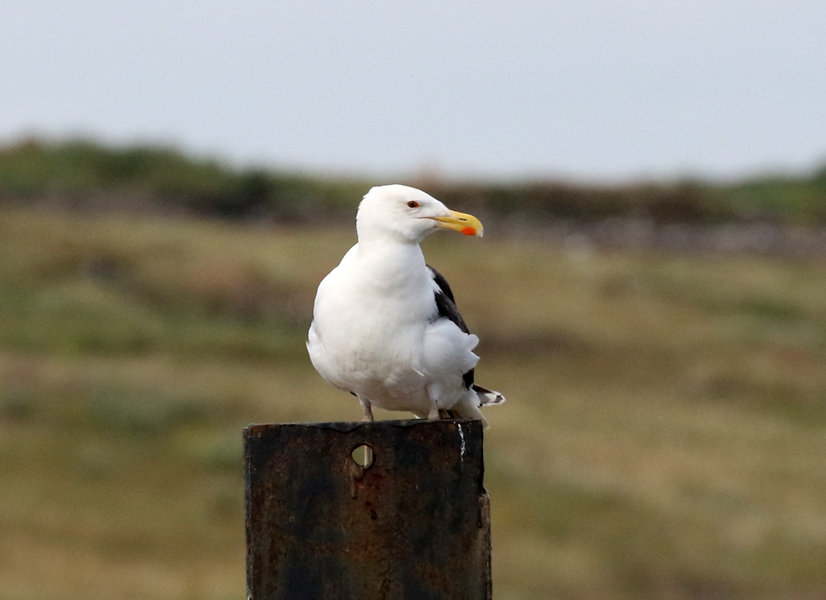
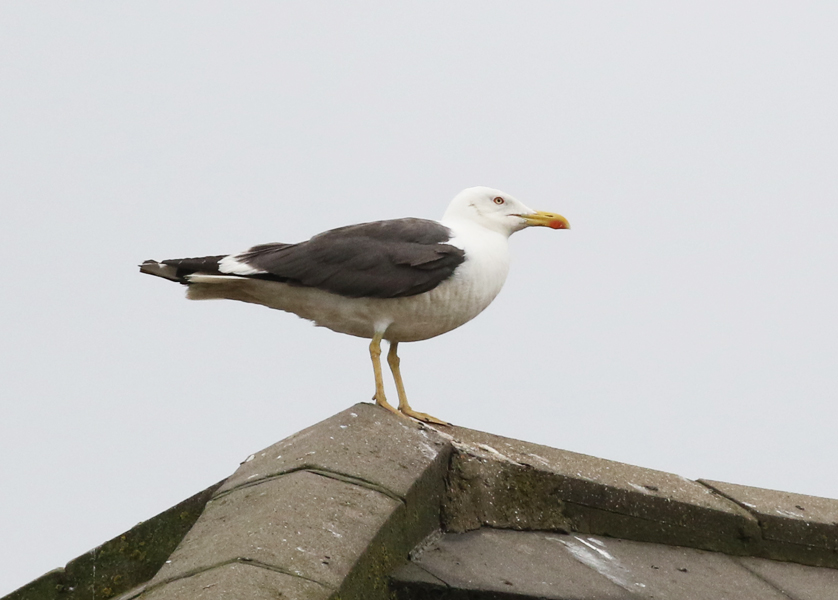
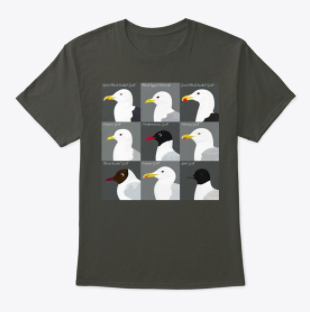
 Posted in
Posted in  Tags:
Tags: 









